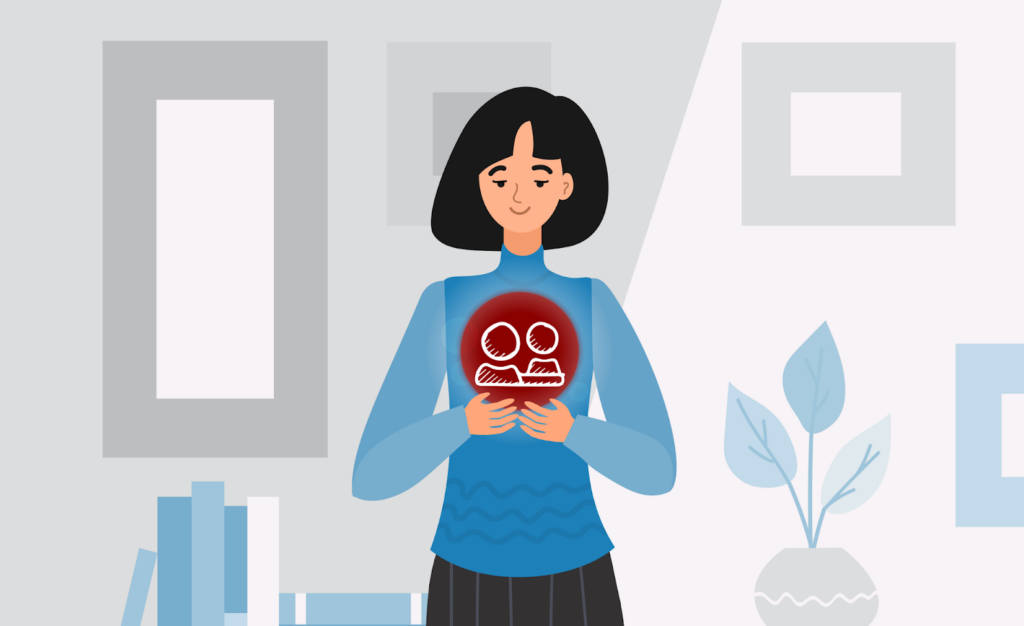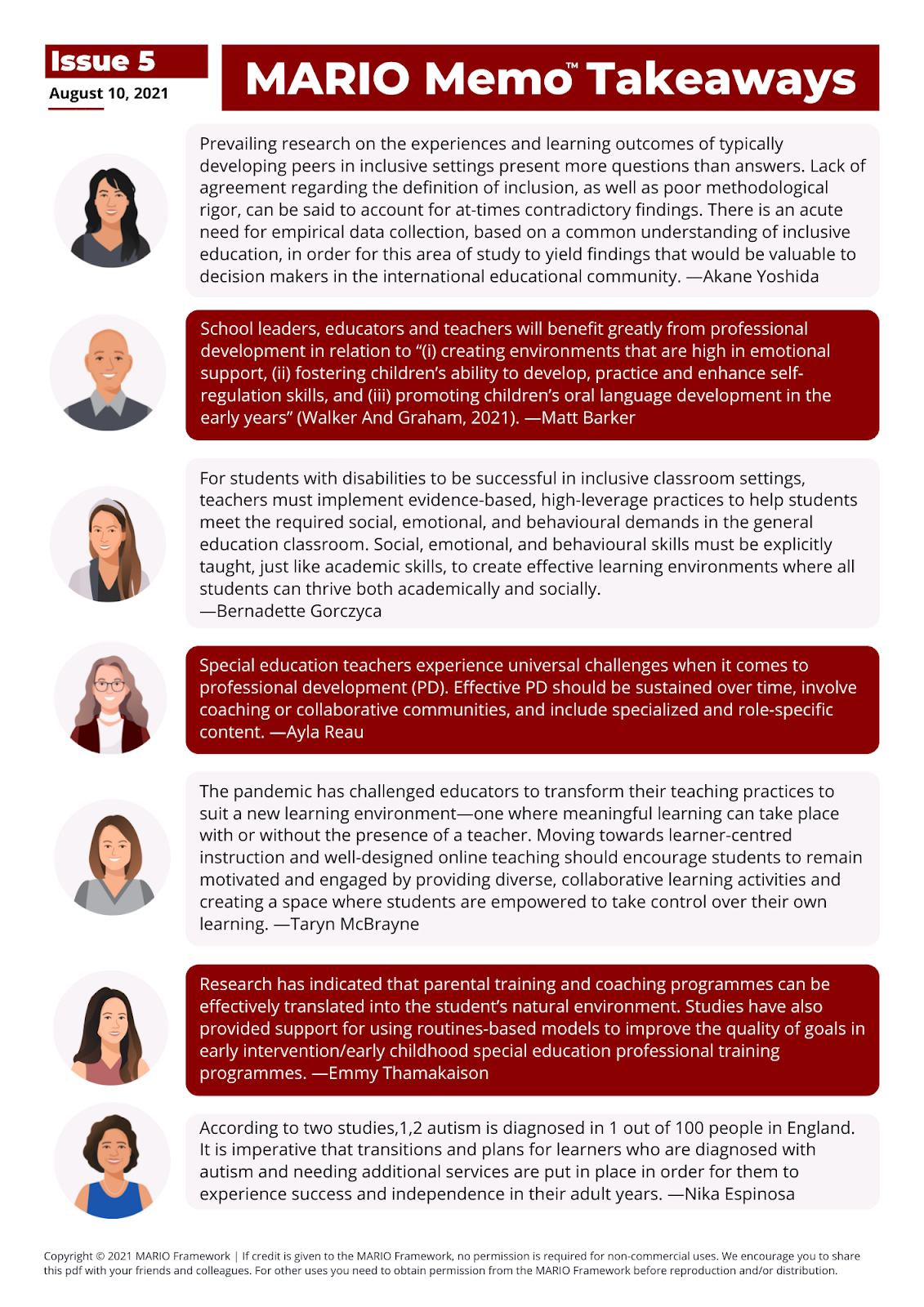Elevate Your Craft With Drip-Fed Evidence-Based Practices
Key Points
-
The essential ingredients for a data-driven culture have little to do with data itself.
-
The real shift occurs when everyone in the educational community starts to change what they talk about and how they respond to conversational outcomes.

Schools are no strangers to gathering data. Standardized test scores, student to teacher ratios, and enrollment trends are but three examples. Data is ubiquitous and likely will only increase. Yet, journalist Amy Burroughs suggests we adopt an approach that fits with what the experts are saying, “the essential ingredients for a data-driven culture have little to do with data itself. The real shift occurs when everyone in the educational community starts to change what they talk about and how they respond to conversational outcomes.”
It’s not the numbers or even qualitative data that matters most. It’s how we use it that makes all the difference.
Many schools have turned to dashboards in an effort to improve the visibility of student learning and academic achievement. Evidence-based practice (EBP), though not a new approach, appears in a position to revolutionize the traditional narrative. Also known as the “what works” agenda, EBP is about merging research and contextual evidence. The contextual evidence is resultant when there is honest engagement in conversations around the data. This helps inform so standardized protocols can be developed and transparent pathways for improvement might be articulated. Further, forming an alliance between all constituents is pivotal, as planning the implementation of strategies and advocacy. Optimal educational attainment is the goal.
A Seemingly Transitory Time
While schools continue to be situated on political grounds and the pandemic is not yet in our rearview mirrors, one certainty remains; the lifeblood of education and a common yearning to support all students. Administrators, teachers, parents, and students alike share in this and without a doubt, EBP has a role to play in this support.
The real shift occurs when everyone in the educational community starts to change what they talk about and how they respond to conversational outcomes.
Amy Burroughs
In Walks MARIO
The MARIO Framework came about as a result of a commitment to improving learner outcomes. Leveraging robust research, MARIO positions students for success as personalized learning experiences that are:
- Measured
- Ambitious
- Research-informed
- Innovative
- One-to-one learning structure
Through MARIO, students are being empowered by sustainable and personalized learning approaches in over 15 countries. Founder of the MARIO Framework, Philip Bowman imparts, “The primary focus isn’t actually on MARIO. Rather, the focus is on privileging what matters most to each individual learner. It’s time we, as educators, listen more and talk less.” And Universal Design Learning (UDL) principles are woven into the fabric. “UDL strategically aligns with the MARIO Framework’s goal of ultimately creating successful, self-directed, expert learners,” shared Dr. Katie Novak, one of the leading experts in UDL.
The Humanity Behind MARIO for Me
Clearly, the pandemic has helped shine a light on some of education’s darkest issues—one frontrunner being the need to focus on social and emotional learning (SEL). MARIO for Me, a cutting-edge software solution, connects students, teachers, school leaders and families. The software suite features a much more organic way of gathering meaningful data and then utilizing it in a purposeful way. For example, sleep, mood, and friendships are a few data points that may surface in one-to-one learning conversations. The evidence-based MARIO Approach shows the efficacy of highly targeted 5-7 minute conversations twice a week, which can improve the overall grade point average for neurodiverse learners. “Some data is quantitative, while other data is qualitative. Regardless, it all helps paint a more accurate reflection of who the learner is, where they are, and where they want to go,” suggests Bowman. MARIO for Me permits all stakeholders the opportunity to peer into a student’s life and leverage personalized tools to empower how the learner meets their goals, academics or otherwise.
Free Access to the Latest Research
MARIO Framework’s recently launched MARIO Memo seeks to inform, empower and inspire educators worldwide, bridging the gaps between researchers, academia, and our classrooms. Best of all, it’s free to all readers!

Memo’s are:
- focused on neurodiverse learners but the information and research applies to all educators.
- published by a team of more than 15 dedicated educators from around the world.
- delivered to your inbox twice a month.
- available as a downloadable audio file.
The regular review of current and relevant educational literature ostensibly has the power to elevate a teacher’s craft with drip-fed evidence-based practices. In the end, the hope is to improve learners’ experiences, but also for teaching to be more effective and equitable.
Matt Piercy works at the International School Bangkok. You can follow him on Twitter @mpiercy35.




thomas b worthen
force application and user skills in technology as the engine to drive individual curiosity